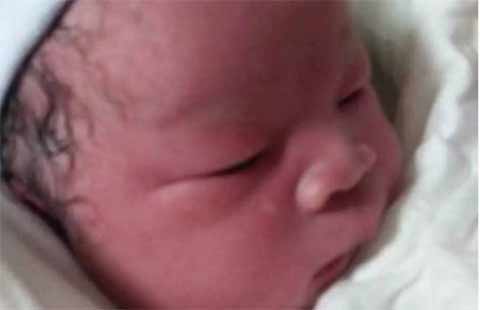White paper on medical and health services in China
(China Daily) Updated: 2012-12-27 09:26Medical reform is a social program that covers a wide range and involves difficult tasks. And it is a hard and complicated task to deepen this reform in China, a developing country with a large population, low per-capita income and a wide gap between urban and rural areas. For over three years, the Chinese government has worked hard to strike a balance between improving medical and health services on one hand and economic and social development on the other, trying to find a solution to this worldwide problem. Thanks to the persistent efforts made, China has made positive progress in this new round of medical reform.
The basic medical care systems cover both urban and rural residents. By 2011, more than 1.3 billion people had joined the three basic medical insurance schemes that cover both urban and rural residents, i.e., the basic medical insurance for working urban residents, the basic medical insurance for non-working urban residents, and the new type of rural cooperative medical care, with their total coverage being extended from 87% in 2008 to 95% in 2011. This signaled that China has built the world's largest network of basic medical security. Medical care financing and the reimbursable ratio of medical costs have been raised, and the government subsidy standards for the new rural cooperative medical care system were increased from 20 yuan at the beginning to 200 yuan per person per year in 2011, benefiting 1,315 billion person/times in 2011 as against 585 million person/times in 2008. The reimbursement rate for hospitalization expenses covered by relevant policies has been raised to around 70%, and the range of reimbursable expenses has been expanded to include outpatient expenses. Real-time reimbursement has been adopted for medical expenses, making it more convenient for people to have their medical costs settled. Reform has been carried out in respect of the forms of payment to include payment by person, payment by disease and total amount pre-payment, enabling medical insurance to play a better restrictive role over medical institutions as well as to control expenses and compel the medical institutions to improve their efficiency. Critical illness insurance has been included in the new type of rural cooperative medical care system. By 2011, some 230,000 patients of congenital heart disease, advanced rental diseases, breast cancer, cervical cancer, multidrug-resistant tuberculosis and childhood leukemia had been granted subsidies for major and serious diseases, with the actual subsidies accounting for 65% of their total expenses. In 2012, lung cancer, esophagus cancer, gastric cancer and eight other major diseases were included in the rural pilot program of insurance for the treatment of major diseases, and the reimbursement rate reached as high as 90%. Critical illness insurance has been introduced for both urban and rural residents, in which certain amounts of money are earmarked in the medical insurance fund for non-working urban residents and that of the new type of rural cooperative medical care to buy critical illness insurance policies from commercial insurance companies, aiming to relieve urban and rural families of the heavy burden of catastrophic medical spending. The policy of subsidy for critical illness insurance, which covers no less than 50% of the actual medical costs, provides a guarantee for the compliance costs to be shouldered by the individual after reimbursement from the basic medical insurance. This has effectively reduced the financial burden of individuals. An urban-rural medical assistance system has been established and improved, which at first covered urban and rural subsistence allowance recipients and childless and infirm rural residents who receive the so-called "five guarantees," and is now extended to cover those who are severely ill and have low incomes, the severely disabled, senior citizens from low-income families, and some other groups with special difficulties. In 2011, the urban-rural medical assistance was granted to 80.90 million cases across the country.
A basic system of drugs has been developed from scratch. A system for the selection, production, supply and use of basic drugs, and cover of them in medical insurance has been put into place. In 2011, the coverage of this system was extended to all grass-roots medical and health-care institutions run by the government, where these drugs were sold at zero profit, practically eliminating the practice of hospitals subsidizing their medical services with drug sales. A national guideline for the clinical application of basic drugs and a formulary have been drawn up to ensure that basic drugs are used according to due procedures at grass-roots medical institutions. A new mechanism has been established for the procurement of basic drugs, under which the basic drugs are to be purchased by provinces. As a result, the prices of basic drugs at grass-roots medical and healthcare institutions have dropped by 30% on average, as compared with those before the reform. The basic drugs have all been included in the list of reimbursable drugs covered by basic medical insurance. Also, efforts have been made to supply basic drugs in an orderly way to village clinics and non-governmental medical institutions at the grass-roots level. The steps of reform have been quickened in drug production and circulation, and the supply of drugs has been better ensured.
- Health certificate steps reduced for foreigners
- Himalayan rail route endorsed
- Beijing lawyer Zhou Shifeng jailed for subversion
- China opens S China Sea website
- Ministry issues draft rules for car-hailing business
- 700 officials punished by green teams
- Hangzhou learns the language of summit success
- Panda twin births boost the hopes for survival
- Top court clarifies law at sea
- Nida's landfall brings travel to a standstill










